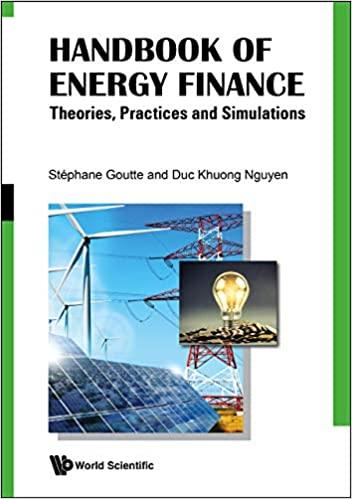Question
1. Describe and explain the following specialized investment strategies: a. Value Investing b. Contrarian Investing 2. What is an Expense Stop? How does it work?
1. Describe and explain the following specialized investment strategies:
a. Value Investing
b. Contrarian Investing
2. What is an Expense Stop? How does it work?
3. What is the significance of a debt coverage ratio?
4. If a lender includes a non-recourse clause in a promissory note, what is the effect of this, if the borrower fails to pay the debt service? What does the lender require for the inclusion of this clause? How does the borrower view the non-recourse provision and what can she lose in the process?
5. Which risk can probably cause the greatest loss to the investor?
a. Inflation risk
b. Liquidity risk
c. Interest rate risk
d. Environmental risk
e. Financial risk
6. What is the value of an investor refinancing one of his existing properties if he desires a balanced portfolio of properties? Provide an example of this rationale.
7. What is a tax-free property exchange under the Internal Revenue Code (IRC) and what is the exact language in the IRC section that describes this type of exchange of real property? Explain.
8. What are the appropriate criteria to define a lease as a finance lease?
9. In the planning and permitting process for new construction, if the __________ denies the application with _____________, that means that the specific application in question cannot be resubmitted by the developer again for approval. Fill in the blanks.
10. At what time are lenders of Acquisition and Development Loans (ADL) at the greatest risk? Provide a full list of the measures developers can take to get ADL approval.
Step by Step Solution
There are 3 Steps involved in it
Step: 1

Get Instant Access to Expert-Tailored Solutions
See step-by-step solutions with expert insights and AI powered tools for academic success
Step: 2

Step: 3

Ace Your Homework with AI
Get the answers you need in no time with our AI-driven, step-by-step assistance
Get Started


